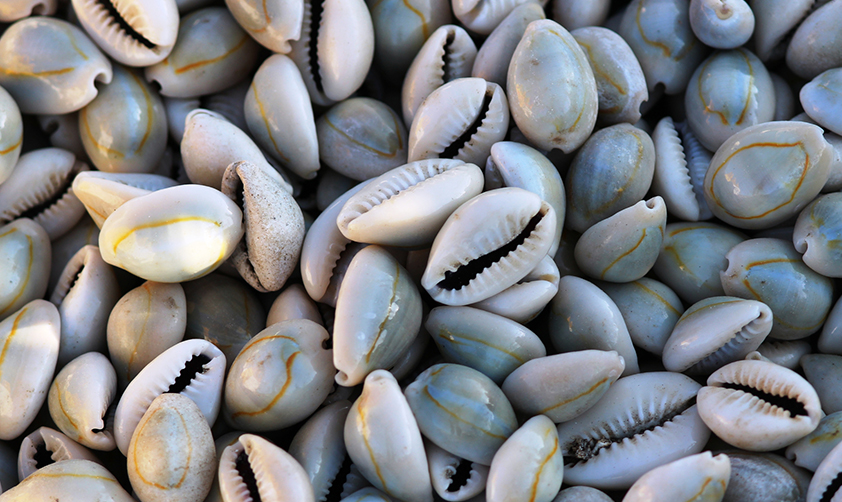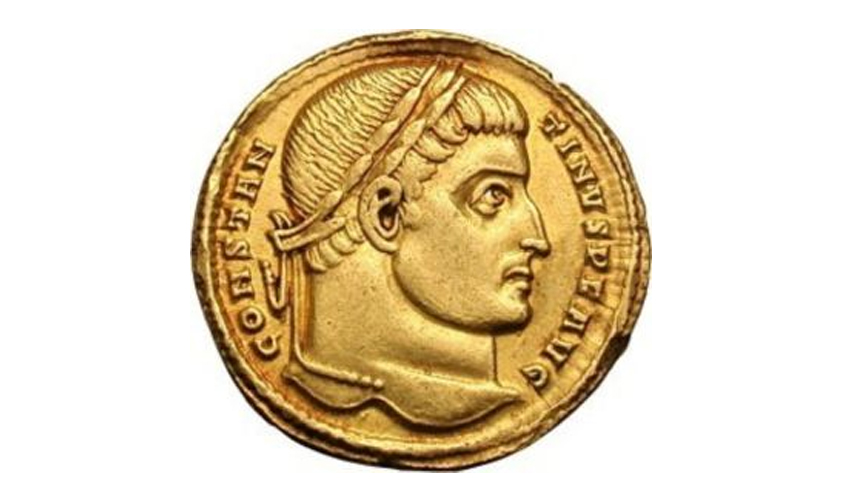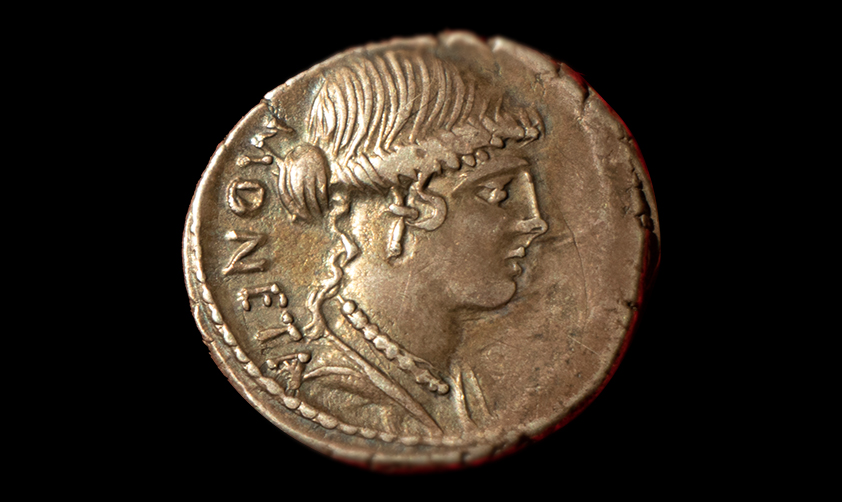At the 'The Adventure of Money' exhibition held in Rome at the Palazzo Esposizioni (31 October 2023 to 30 June 2024), a number of coins issued during the emperor Trajan's reign were on display in one room, together with a bust of the emperor.
So, who was Trajan? And what do his coins tell us?
Trajan was the first Roman emperor not to have been born on the Italian peninsula. He belonged to the Spanish provincial aristocracy and ruled from 98 to 117 ce. Under Trajan, Rome entered what's known as its Golden Age - a period of prosperity in which the Empire achieved its greatest territorial expansion.
Through the conquest of Dacia (corresponding to present-day Romania and part of Hungary), Trajan provided a military solution to the social and financial problems that had arisen under his predecessors, as the Senatorial class and the middle classes sought to balance their respective claims. These tensions between the higher classes had also had strong repercussions on the standing of the gold currency (mostly held by the wealthier Senatorial class) against the silver currency.
Nero's monetary reform of 64 ce had made the two most important coins, the aureus and the denarius, lighter in weight, reducing the aureus from 7.80 grams to 7.30 grams and the denarius from 3.90 grams to 3.41 grams. The reform had also lowered the percentage of silver in the denarius by 5-8 per cent. Reducing the ratios of noble metal for the same nominal value had meant considerable savings for the state coffers, and because silver coinages came out stronger from the rebalancing of noble metals in the aureus and the denarius, the middle classes and the military, who chiefly held silver denarii, thereby found themselves richer.
However, justifying this gain of the denarius over the aureus involved making gold weaker. This devaluation of the gold coin was eventually achieved when Trajan returned from conquering Dacia with about 5 million pounds of gold (226,800 kilos) in spoils, greatly increasing its availability.
His war efforts had been planned with military and also economic and financial reasons. The conquest was accomplished with two military campaigns (the first in 101-102 ce, at the end of which Dacia was reduced to a client state, and the second in 105-106 ce, following which Dacia became a Roman province), which ensured the security of the Empire's northern borders.
Soon afterwards, Trajan also decided to strengthen the eastern borders, which were threatened by the Parthians. Between 106 and 115 ce, he conquered the territory between the Sinai Peninsula, the lands east of the Jordan River and the Dead Sea, southern Syria, Armenia (largely corresponding to today's eastern Turkey), upper Mesopotamia and Assyria (now Iraq), occupying the capital of the Parthian state, Ctesiphon.
This advance was halted, however, by the outbreak of a violent rebellion, and Trajan died shortly afterwards, in August 117 ce. Following Trajan's death, his successor, Hadrian, relinquished the new eastern provinces in a bid to ensure his own reign would be as peaceful as possible.
The bronze sestertius, the silver denarius and the gold aureus on display in 'The Adventure of Money' are all perfect examples of how coins were used for propaganda in ancient times, and allow us to learn a great deal about Trajan's rule.
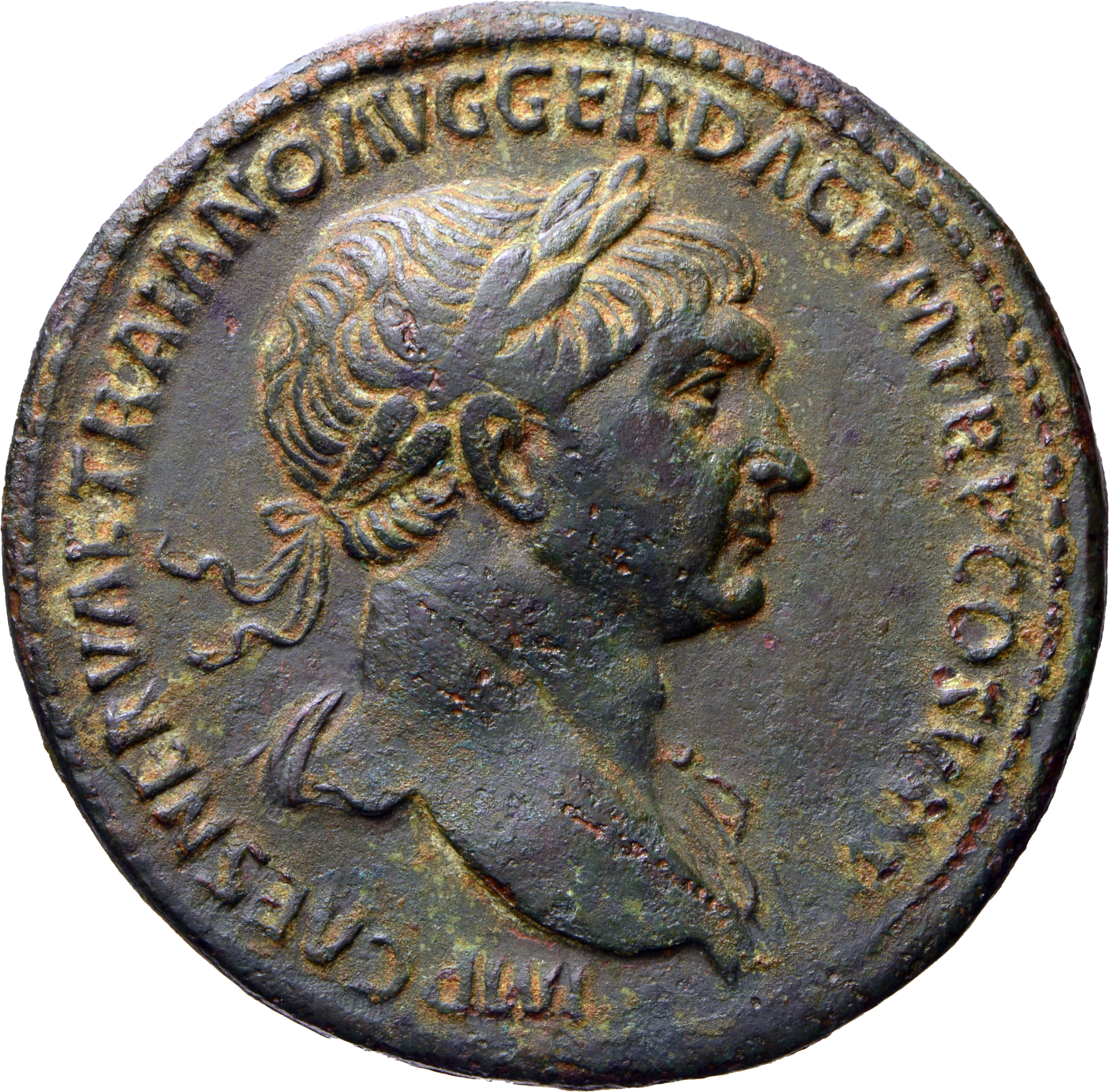
Fig. 1 Emperor Trajan, bronze Sestertius - obverse, 103-111 AD, Ø 33.39 mm., 26.01 g., Banca d'Italia collection
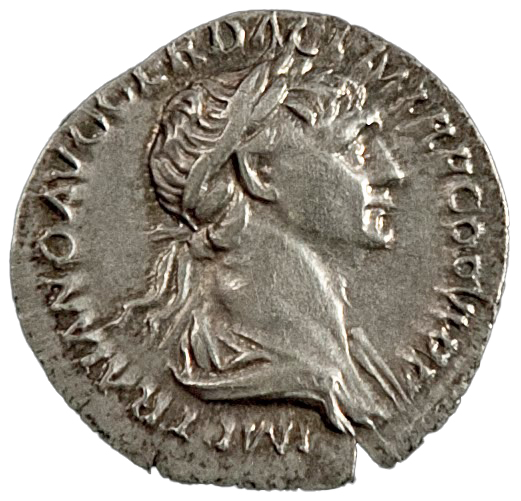
Fig. 2 Emperor Trajan, silver Denarius - obverse, 112-117 AD, Ø 18.9 mm., weight 3.16 g., Banca d'Italia collection
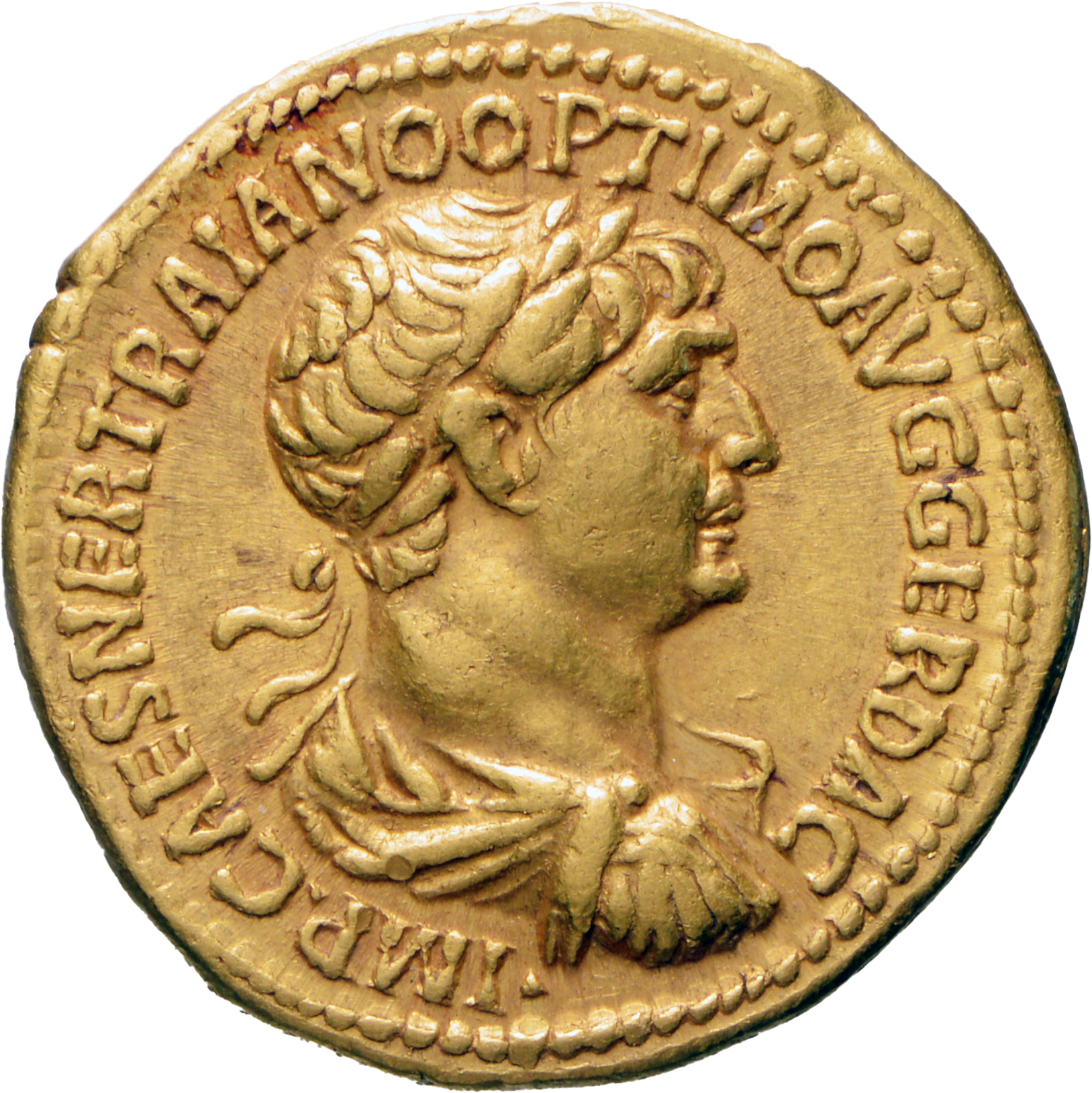
Fig. 3 Emperor Trajan, gold Aureus - obverse, 114-117 AD, Ø 19.59 mm., 7.38 g., Banca d'Italia collection
Coins minted in the imperial age were increasingly varied in design on the reverse side, whereas the obverse would generally bear the portrait of the emperor or of some member of the imperial household. On each of these three specimens, we see the head of Trajan himself, crowned with a laurel wreath and encircled by the imperial titling (i.e. the list of the offices and titles he gained over time). The emperor is called Dacicus here, the title he assumed after the end of the First Dacian War - which takes us to after 102 ce.
The celebration of Trajan's first victory over Dacia is given special prominence on the sestertius, which has the personification of Victory on the reverse, holding a shield inscribed with the characters VIC DAC (Victa Dacia, 'Dacia conquered').
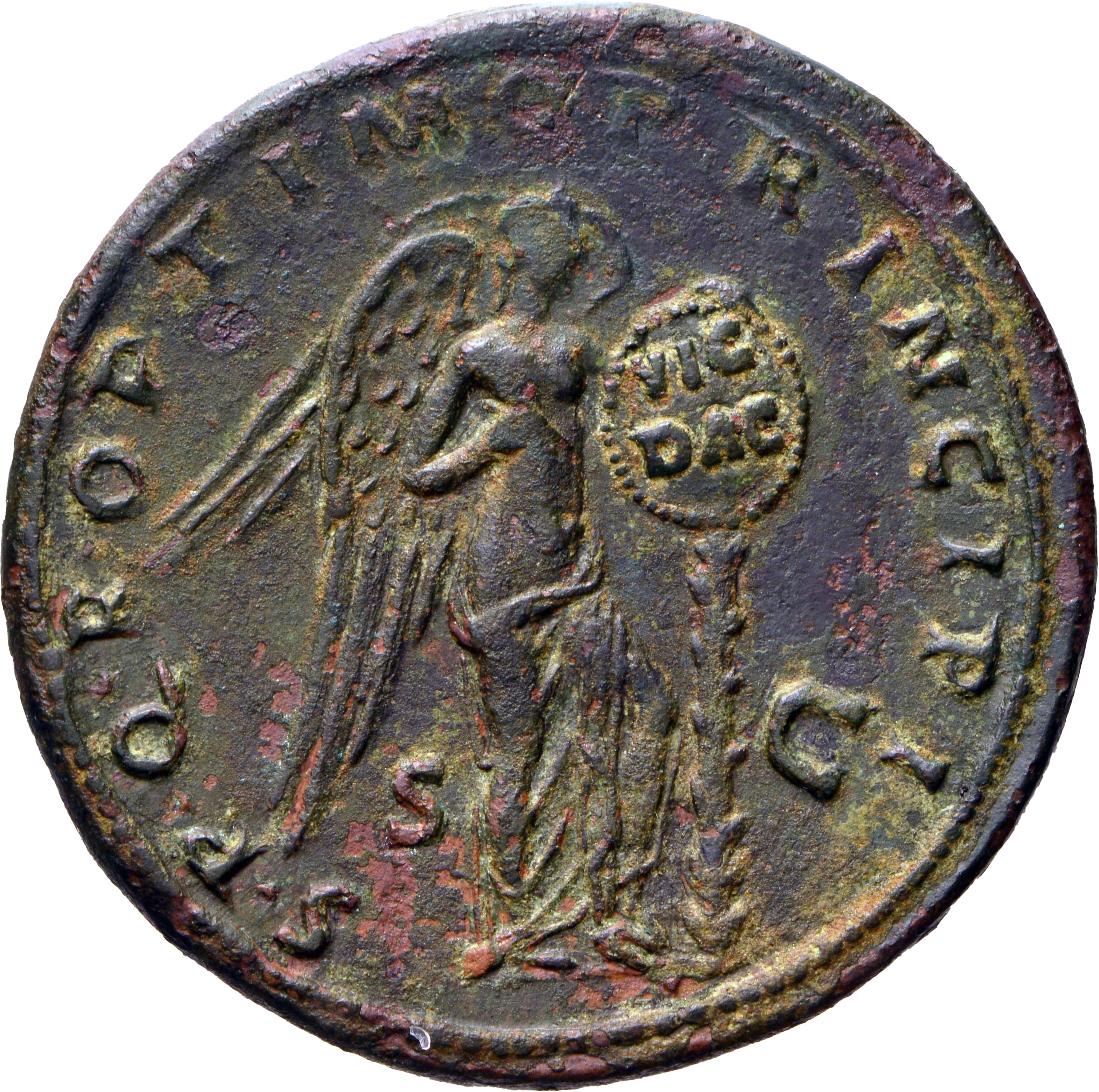
Fig. 4 Emperor Trajan, bronze Sestertius - reverse, 103-111 AD, Ø 33.39 mm., 26.01 g., Banca d'Italia collection
Trajan's Column is on the reverse side of the denarius, with the emperor's statue at the top and two eagles (symbolizing the power of Rome) at its base.
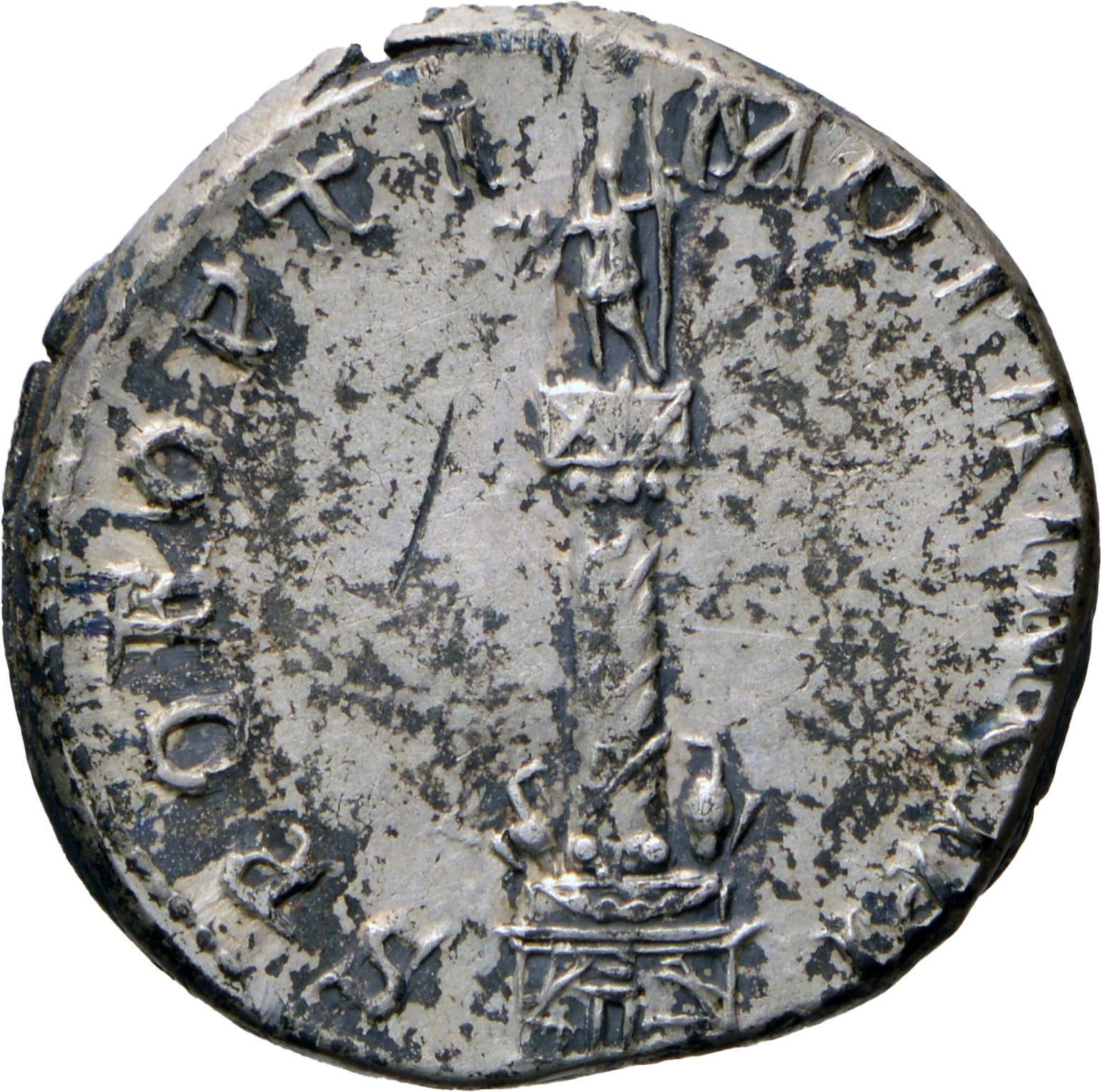
Fig. 5 Emperor Trajan, silver Denarius - reverse, 112-117 AD, Ø 18.9 mm., weight 3.16 g., Banca d'Italia collection
This coin was issued to celebrate the construction of the column that the emperor had had erected at his Forum in Rome, which narrates the two Dacian wars in a frieze with highly realistic scenes, sculpted in relief and unfolding up its stem like a papyrus scroll.
The frieze, which spirals all the way up the column's shaft, has been attributed to an unnamed artist, conventionally referred to as the 'Master of Trajan's deeds'. Some have identified this artist as Apollodorus of Damascus, the architect who also designed Trajan's Forum. At the top of the column stood a statue of the emperor (replaced in the 16th century by a statue of St Peter), and an urn with his ashes was placed in the column's supporting pedestal.
On the reverse of the aureus is a standing male nude holding a patera (a shallow bowl used for libations) in his outstretched right hand and a sheaf of corn (symbolizing fertility) in his left... but who does this character represent?

Fig. 6 Emperor Trajan. gold Aureus - reverse, 114-117 AD, Ø 19.59 mm., 7.38 g., Banca d'Italia collection
It is a personification of the emperor's Genius, a figure which represented the essence of male individuals in Roman religion (for women it was the Iuno). The Genius and the Iuno were tutelary deities - divine beings who protected and accompanied a person throughout their lives and shaped their destiny. The Genius of the pater familias (the head of the family) was an object of private devotion within the family sphere, and by extension, the Genius of the emperor (as pater familias to the entire state) became an object of public worship in the imperial age.



